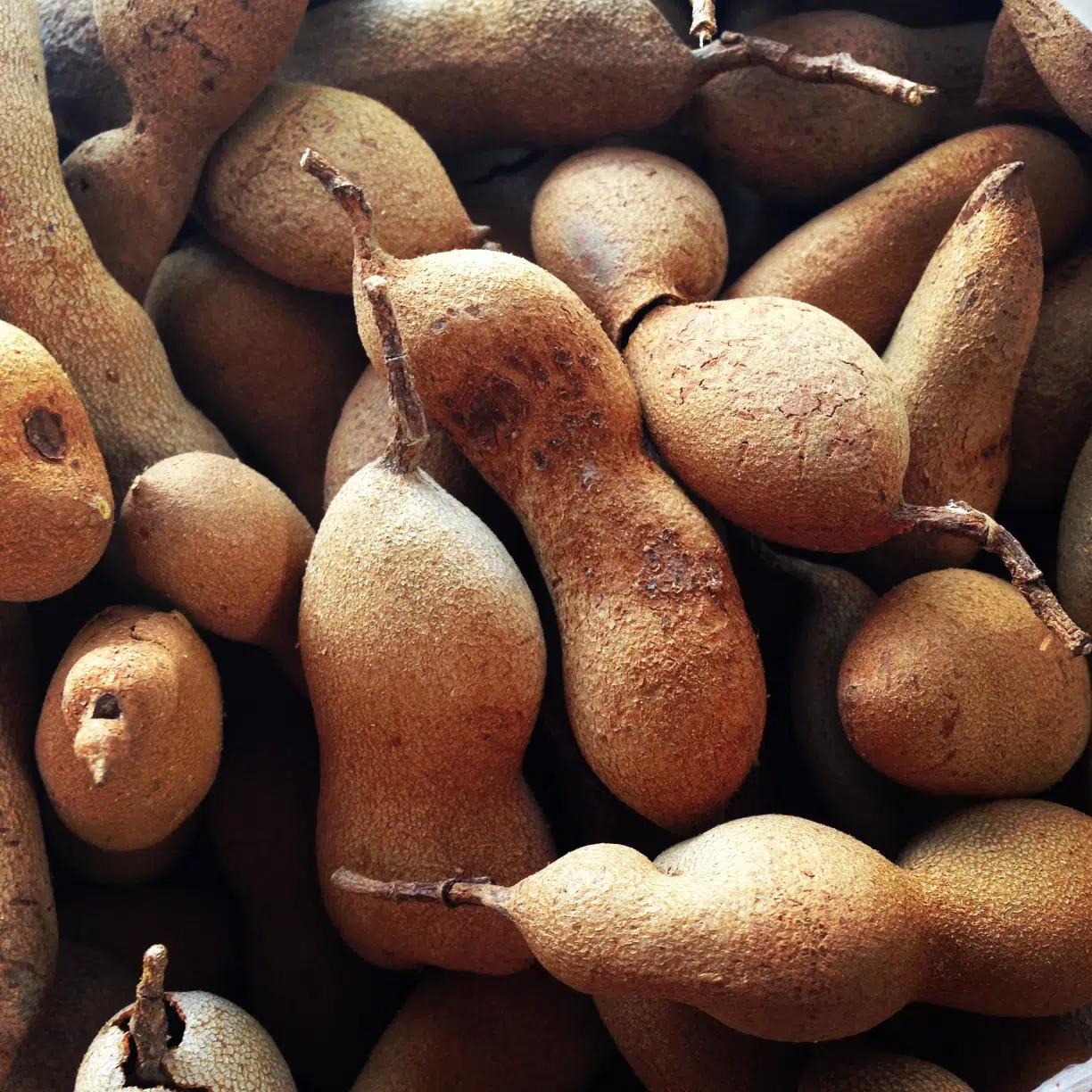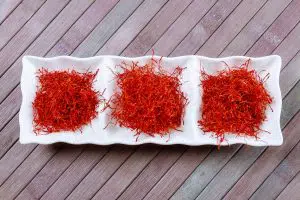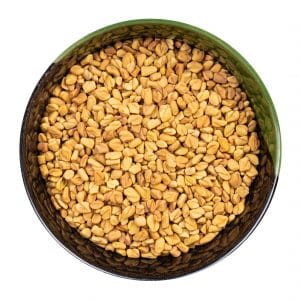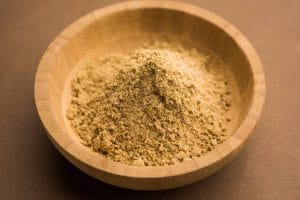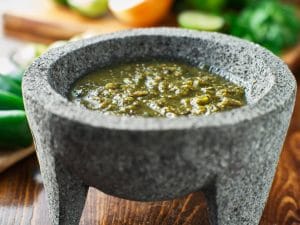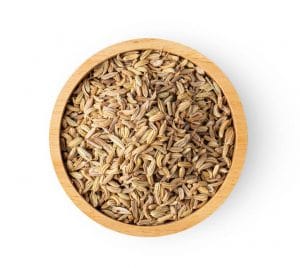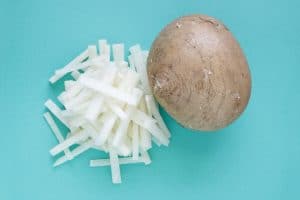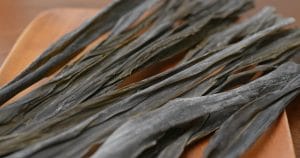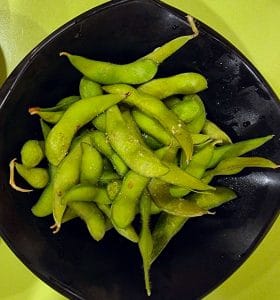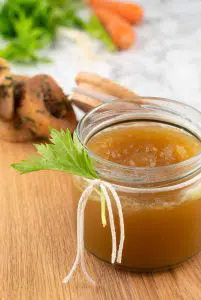Best Tamarind Substitutes
Important Note: When you buy through our links, we may earn a commission. As an Amazon Associate we earn from qualifying purchases. Content, pricing, offers and availability are subject to change at any time - more info.
Have you ever eaten an Asian or Middle Eastern cuisine and found that they are inexplicably delicious? Have you ever wondered why the food there is so unique, unlike any other delicacies you have ever eaten?
Well, we think this is mainly because one ingredient is responsible for providing an extraordinary, mouth-watering taste that other ingredients cannot provide. What is that secret ingredient? If you guessed tamarind, you are correct.
A largely unknown food to many people, tamarind can help a boost to many dishes. But what if you have a recipe that calls for tamarind, and you don’t have any around? Thankfully, substitutes are aplenty. So we narrowed down the best choices, some of which are likely to be in your kitchen.
What Is Tamarind?
Tamarind is an Indian date that grows on tall shady trees. It’s found mainly in Asia, especially India. Moreover, tamarind is incredibly popular across the planet. In Spanish, it’s known as “Tamarindo,” and the fruit is found scattered across Mexico.
The taste of tamarind is very strong, adding a delicious sourness and mild sweetness to many dishes. Due to its unique flavor and taste, tamarind is primarily used in Indian and Asian dishes.
Usually, recipes call for using tamarind paste rather than pure tamarind, which (as you might expect) is a thick tamarind paste. Some of the other dishes that use tamarind call for it in sauce or syrup form, such as the traditional Indian dishes Bhel Puri and Pani Puri.
You’ve probably determined by now that tamarind is indispensable in many Asian dishes, as the fruit gives them a unique flavor not found elsewhere. Today, tamarind is not exclusive to Asian cuisine — it’s also used in many Vietnamese and Thai dishes. Even many Mexican beverages include tamarind, most notably “Agua de Tamarindo.”
Due to the growing demand for tamarind around the world, it’s now garnered the attention of the United Kingdom. But did you know that there’s a very good chance that you’ve already tasted tamarind? The always popular Worcestershire sauce is often made with concentrated tamarind and other additional ingredients.
With that said, except for a few areas in Asia and Mexico, you will find that it’s usually fairly difficult to get your hands on tamarind in local shops. You might find tamarind sauce or paste in big-box retail stores, but the processed variety will never match the real product.
Thankfully, you have other options to imitate tamarind’s unique taste. So let’s look at our top picks for the best tamarind alternatives.
Lime or Lemon Juice
If you are on the hunt for something that mimics the taste of tamarind, either lime or lemon juice will work as a good choice. Although it might not provide the same complex flavors like tamarind, these juices will certainly deliver a sweet and sour combination to your dishes.
A nice mixture of lemon or lime juice with equal parts brown sugar works well in emulating the flavor of tamarind.
Pomegranate Molasses
Here’s another perfect match that delivers the unique taste of tamarind. Pomegranate molasses is a dark high-density syrup that is the result of pomegranate reduction.
What’s more, pomegranate molasses has the sweet and sour zing that you are looking for, as well as traces of slight acidity, which is perfect for preparing a variety of Asian and Indian dishes. Although pomegranate molasses isn’t as thick as tamarind paste, it still provides a miraculous flavor.
Mango Chutney
Mango chutney is another fantastic tamarind alternative. It’s important to understand, though, that quality really matters here. As such, lower-quality mango chutneys are typically too sweet and lack the sourness you want.
Moreover, consistency is equally important. You might encounter many dishes that have big pieces of mango that can negatively affect your food. Therefore, before adding mangoes to your dishes, mashing them in your food processor is an excellent method that ensures uniformity in your food. Also, please be aware that you should always use a 1:1 ratio.
Amchoor (Mango Powder)
In addition to mango chutney, amchoor is an excellent tamarind substitute. Commonly referred to as mango powder, amchoor comes from young, dried mangoes. And although tamarind is very popular in southern India, northern regions usually prefer to use mango powder in recipes, as it helps to increase the tartness of dishes.
Tamarind and amchoor provide very similar flavors. But the difference lies in the texture. Mango powder is, of course, very dry. But you can always add water in equal parts to create an amchoor paste. In doing so, you can whip up a quick and easy tamarind paste substitute for your various recipes.
Citrus Marmalade
This is another amazing alternative to tamarind and tamarind paste. Such is the case when you use any type of citrus jam purchased from your local grocery store. However, you should try to make sure that you buy a higher quality version from a more upscale store if possible.
You will find that cheaper jams use sugars that are non-vegan, and they typically contain less fruit. Although its taste may be slightly different, citrus marmalades are an excellent substitute for tamarind and its paste form. And, of course, it is also equally thick and just as tasty.
Vinegar
Although it doesn’t taste exactly like tamarind, vinegar serves as another good substitute that can provide the zing you need in your recipes. This is also a good choice if you don’t have anything on hand that can viably replace tamarind.
We recommend that you use milder vinegar instead of dark vinegar if possible, such as white wine, rice wine, or apple cider vinegar. Simply mix equal parts vinegar with sugar to create an acceptable replacement.
Kokum
And lastly, we bring you another fruit option that resembles tamarind in flavor. Kokum is primarily found in the southern parts of India and is not common elsewhere.
But if you do have some kokum on hand, you simply need to immerse some pieces of the fruit in water. Then you can add them to your dish when cooking. The only downside is that kokum has seeds that you’ll need to remove before use.
More Substitutes
We have many more wonderful food substitutes that are sure to come in handy in your cooking ventures. We also regularly discuss vegan-friendly ingredients and food options to help you maintain your vegan diet.
